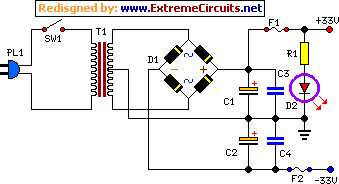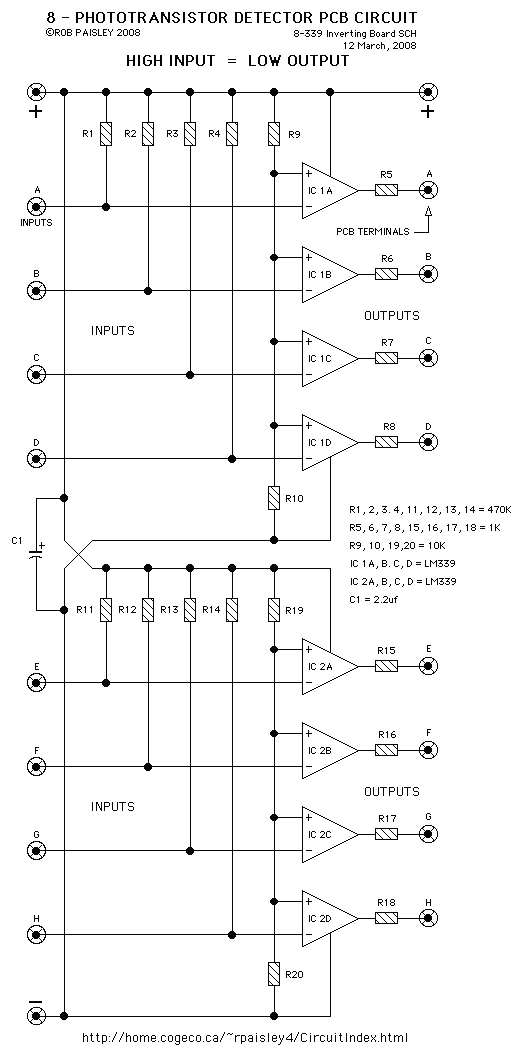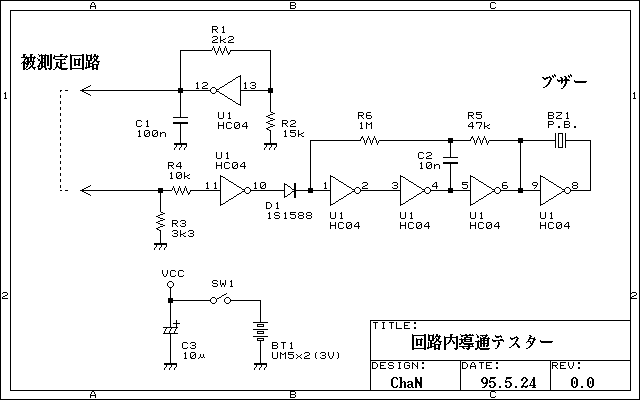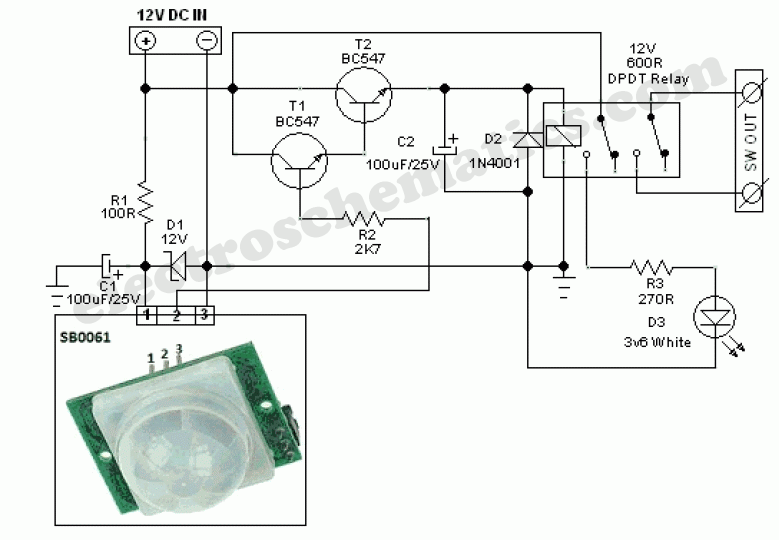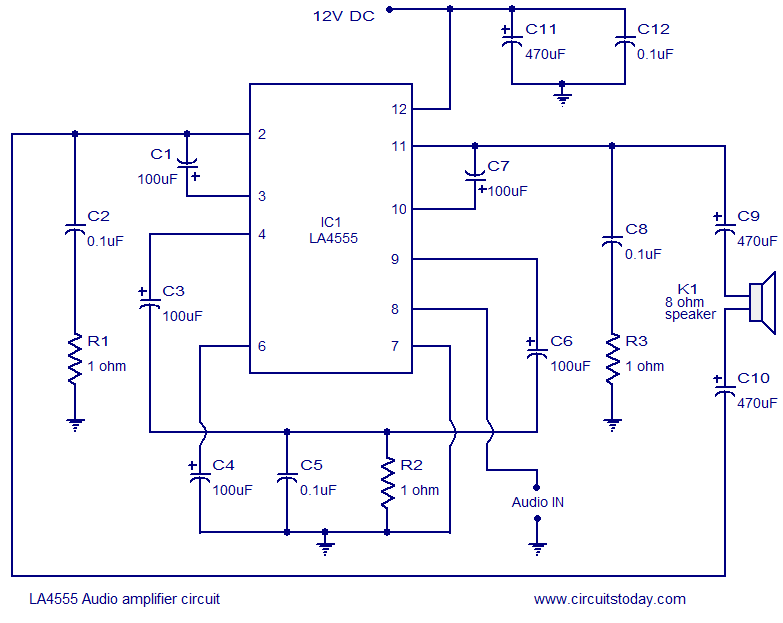
Noninverting Ac Amplifier Circuit
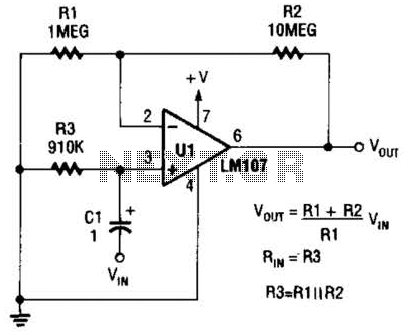
A general-purpose noninverting AC amplifier for audio and other low-frequency applications is presented. Design equations are included in the figure. Almost any general-purpose operational amplifier can be utilized for U1.
The circuit configuration features a noninverting amplifier topology, which is widely used for audio signal amplification due to its high input impedance and low output impedance. This configuration allows for minimal loading on the preceding stage while effectively driving the subsequent load.
The operational amplifier (U1) serves as the core component of the circuit, with its noninverting input connected to the audio signal source. The feedback network, typically composed of resistors R1 and R2, determines the gain of the amplifier. The gain (Av) can be calculated using the formula Av = 1 + (R2/R1), where R1 is the resistor connected from the output to the inverting input, and R2 is the resistor connected from the inverting input to ground. This gain configuration allows for precise control over the amplification level.
Power supply connections to the operational amplifier should be made according to the specifications of the chosen op-amp, ensuring that the voltage levels are appropriate for the desired performance. Bypass capacitors may be included between the power supply pins and ground to filter out any noise and stabilize the voltage supply.
Input and output coupling capacitors may also be employed to block any DC components of the audio signal, allowing only the AC signals to pass through. The values of these capacitors should be selected based on the desired frequency response of the amplifier, ensuring that the low-frequency cutoff is below the lowest frequency of interest in the audio range.
Overall, this noninverting amplifier design is versatile and can be adapted for various low-frequency applications beyond audio, making it a fundamental building block in electronic circuit design. A general-purpose noninverting ac amplifier for audio of other low-frequency applications is shown. Design equations are in the figure. Almost any general-purpose op amp can be used for U1.
The circuit configuration features a noninverting amplifier topology, which is widely used for audio signal amplification due to its high input impedance and low output impedance. This configuration allows for minimal loading on the preceding stage while effectively driving the subsequent load.
The operational amplifier (U1) serves as the core component of the circuit, with its noninverting input connected to the audio signal source. The feedback network, typically composed of resistors R1 and R2, determines the gain of the amplifier. The gain (Av) can be calculated using the formula Av = 1 + (R2/R1), where R1 is the resistor connected from the output to the inverting input, and R2 is the resistor connected from the inverting input to ground. This gain configuration allows for precise control over the amplification level.
Power supply connections to the operational amplifier should be made according to the specifications of the chosen op-amp, ensuring that the voltage levels are appropriate for the desired performance. Bypass capacitors may be included between the power supply pins and ground to filter out any noise and stabilize the voltage supply.
Input and output coupling capacitors may also be employed to block any DC components of the audio signal, allowing only the AC signals to pass through. The values of these capacitors should be selected based on the desired frequency response of the amplifier, ensuring that the low-frequency cutoff is below the lowest frequency of interest in the audio range.
Overall, this noninverting amplifier design is versatile and can be adapted for various low-frequency applications beyond audio, making it a fundamental building block in electronic circuit design. A general-purpose noninverting ac amplifier for audio of other low-frequency applications is shown. Design equations are in the figure. Almost any general-purpose op amp can be used for U1.
